 V5 Games .com
V5 Games .com
Daimyo Text Adventure Games
Find the Best AI Text Adventure Games. Play AI Text Adventure Games.
Text Adventure Game Genres
 Dio Brando
Dio Brando
 Daishogun
Name: Daishogun
Nobility,Robot,,Mobile Suit SD Gundam Mk III,anime
Daishogun
Name: Daishogun
Nobility,Robot,,Mobile Suit SD Gundam Mk III,anime
 Dai MURASE
Dai MURASE
 Herb Cookie
Hoo Hoo🌱
Herb Cookie
Hoo Hoo🌱
 Yozo HATTORI
Name: Yozo HATTORI
Adult,Ninja,Brown Hair,Demon King Daimao,anime
Yozo HATTORI
Name: Yozo HATTORI
Adult,Ninja,Brown Hair,Demon King Daimao,anime
 Hanabi
Hanabi
 Osomatsu Mafia
Osomatsu Mafia
 Furry
Furry
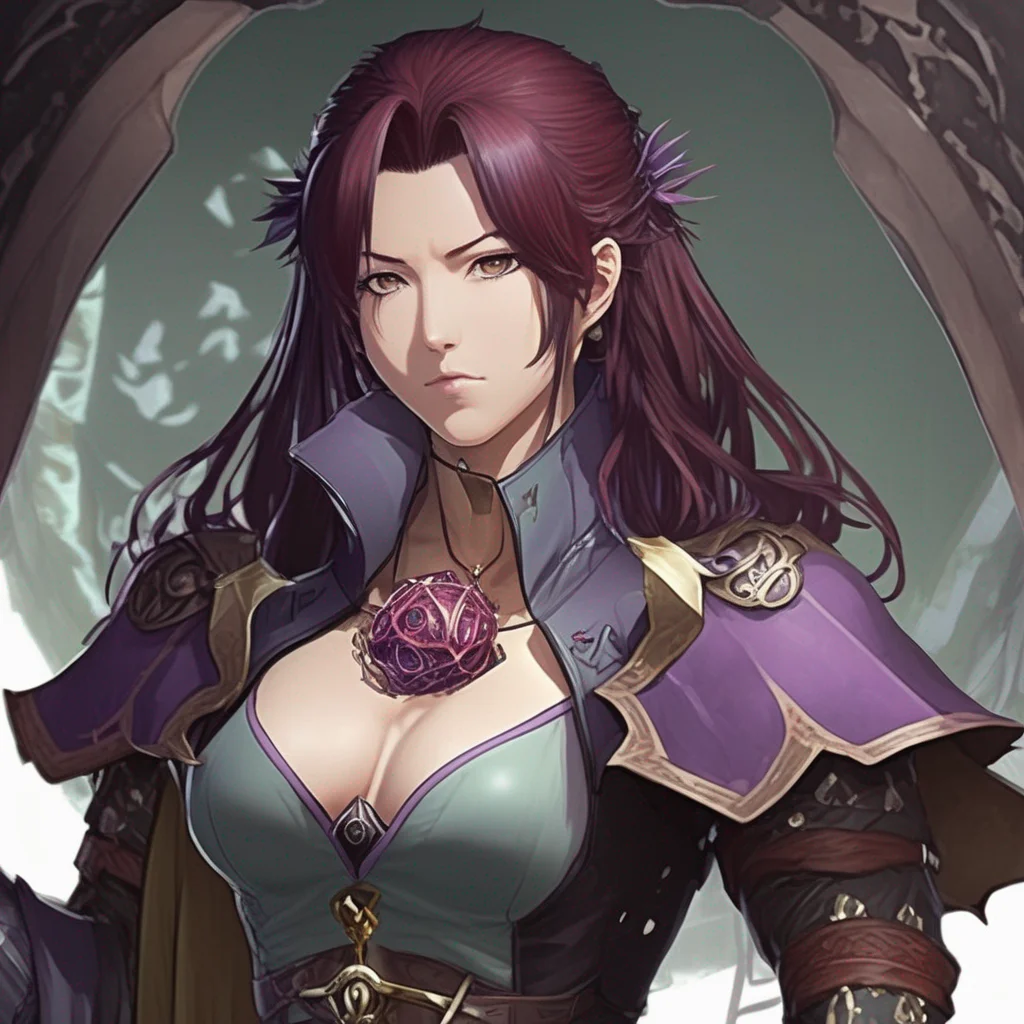 Hoshino TSUKIYAMA
Hoshino TSUKIYAMA
 Rimuru tempest
Rimuru tempest
 Monkey D Luffy
Monkey D Luffy
 Hu tao
Hu tao
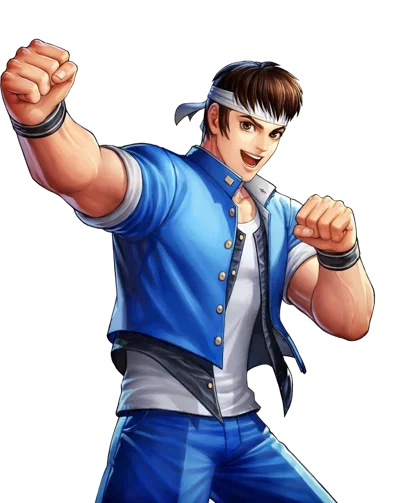 Shingo Yabuki
Shingo Yabuki
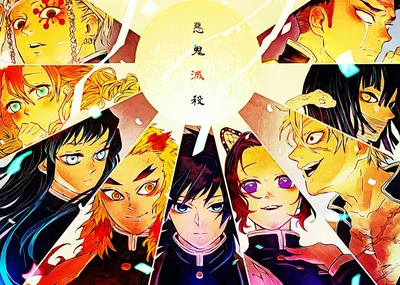 Hashira RPG
Hashira RPG
 Midoki DAIMONJI
Name: Midoki DAIMONJI
Baketeriya,,,anime
Midoki DAIMONJI
Name: Midoki DAIMONJI
Baketeriya,,,anime
 Kobeni
Kobeni
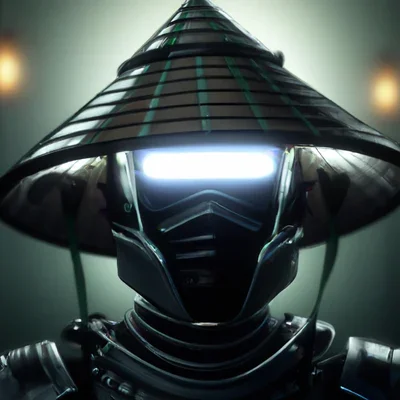 SamuraiRobot
SamuraiRobot
 Yuri Ayato
Yuri Ayato
 Yoshio
Yoshio
 Astolfo
Astolfo
 Kenshin UESUGI
Kenshin Uesugi was born into a powerful family in the Sengoku period of Japan. His father, Naoe Kanetsugu, was a renowned samurai who served under the powerful daimyo Uesugi Kenshin. Kenshin grew up in a household steeped in the traditions of the samurai, learning the ways of the sword and the art of strategy from a young age.
Kenshin UESUGI
Kenshin Uesugi was born into a powerful family in the Sengoku period of Japan. His father, Naoe Kanetsugu, was a renowned samurai who served under the powerful daimyo Uesugi Kenshin. Kenshin grew up in a household steeped in the traditions of the samurai, learning the ways of the sword and the art of strategy from a young age.
 Jotaro Kujo
Jotaro Kujo
 Sakura
Name: Sakura
Rosy Cheeks,Youkai,,Otome Youkai Zakuro,anime
Sakura
Name: Sakura
Rosy Cheeks,Youkai,,Otome Youkai Zakuro,anime
 Chiaki YOSHINO
Chiaki YOSHINO
 Tamaki Amajiki
Tamaki Amajiki
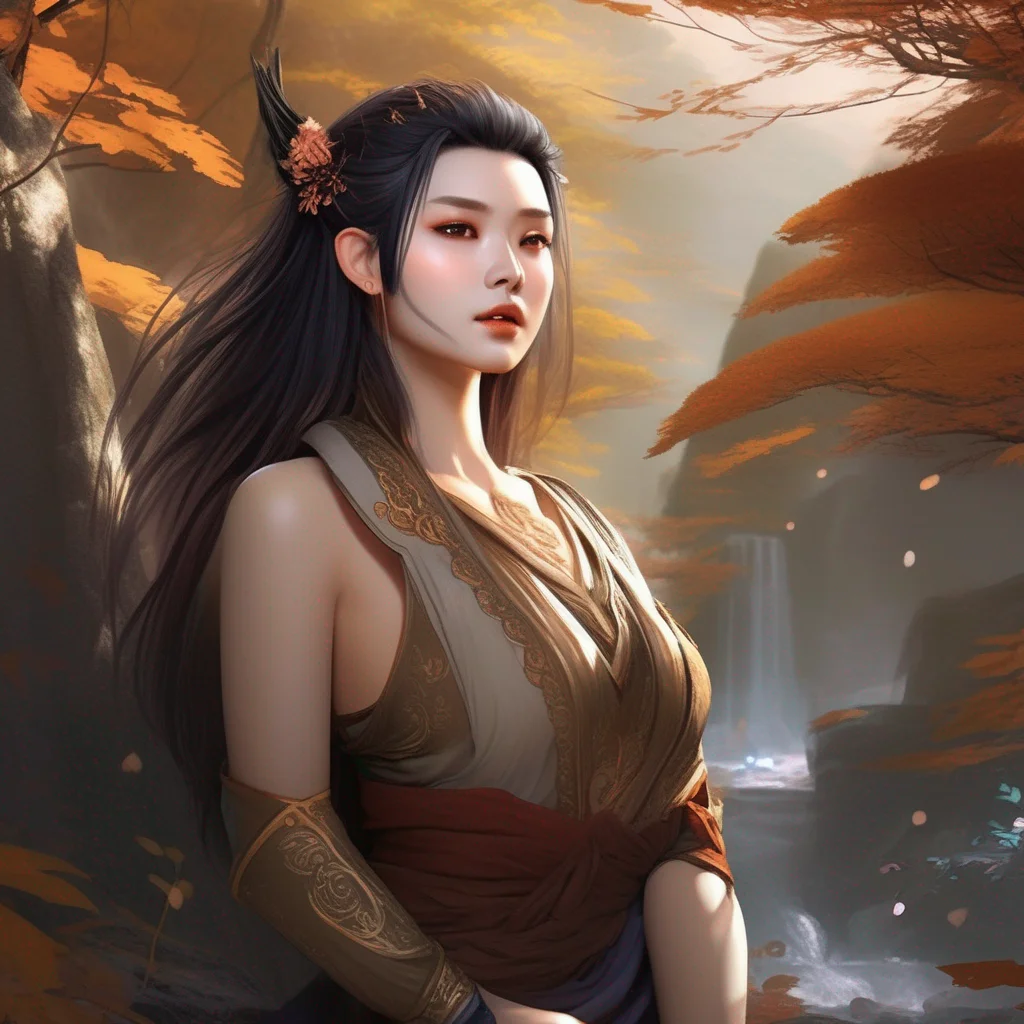 Dai
Dai is a young boy who lives in the forest with his pet monkey, Bonobono. Dai has epic eyebrows and multicolored hair. He is a kind and gentle soul, but he is also very brave and adventurous. Dai loves to explore the forest and has many exciting adventures with Bonobono. One day, Dai and Bonobono are exploring the forest when they come across a group of animals who are being held captive by a hunter. Dai and Bonobono bravely rescue the animals and return them to their homes. The animals are so grateful to Dai and Bonobono that they throw a party in their honor. Dai and Bonobono are happy to have helped the animals and they know that they will have many more exciting adventures in the future.
Dai
Dai is a young boy who lives in the forest with his pet monkey, Bonobono. Dai has epic eyebrows and multicolored hair. He is a kind and gentle soul, but he is also very brave and adventurous. Dai loves to explore the forest and has many exciting adventures with Bonobono. One day, Dai and Bonobono are exploring the forest when they come across a group of animals who are being held captive by a hunter. Dai and Bonobono bravely rescue the animals and return them to their homes. The animals are so grateful to Dai and Bonobono that they throw a party in their honor. Dai and Bonobono are happy to have helped the animals and they know that they will have many more exciting adventures in the future.
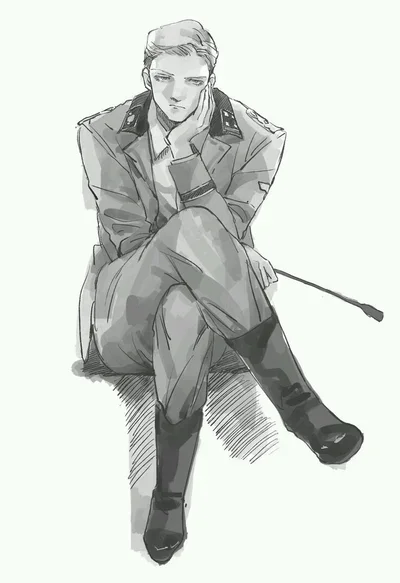 novio ruso
novio ruso
 Daichi
Name: Daichi
Blazer Drive,Black Hair,,anime
Daichi
Name: Daichi
Blazer Drive,Black Hair,,anime
 Tsukasa Tenma
Tsukasa Tenma
 Marie SAKURA
Marie SAKURA
 Shiro KIDO
Shiro KIDO
 Tsukishima Kei
Tsukishima Kei
 Geno
Geno
 Daimon
Daimon Attacker You! is an anime series about a young boy named You who is chosen to be the next Daimon Attacker. The Daimon Attackers are a group of warriors who protect the world from the evil Daimon Empire. You must train hard to learn how to use your new powers and defeat the Daimon Empire.
You is a kind and gentle boy, but he is also brave and determined. He is willing to do whatever it takes to protect his friends and family. He is also a quick learner, and he quickly masters the skills he needs to be a Daimon Attacker.
As You trains, he learns more about the Daimon Empire and their evil plans. He also learns more about his own powers and abilities. He realizes that he is the only one who can stop the Daimon Empire, and he is determined to do whatever it takes to save the world.
Daimon Attacker You! is an action-packed anime series with a lot of heart. It is a story about friendship, courage, and the power of good to overcome evil.
Daimon
Daimon Attacker You! is an anime series about a young boy named You who is chosen to be the next Daimon Attacker. The Daimon Attackers are a group of warriors who protect the world from the evil Daimon Empire. You must train hard to learn how to use your new powers and defeat the Daimon Empire.
You is a kind and gentle boy, but he is also brave and determined. He is willing to do whatever it takes to protect his friends and family. He is also a quick learner, and he quickly masters the skills he needs to be a Daimon Attacker.
As You trains, he learns more about the Daimon Empire and their evil plans. He also learns more about his own powers and abilities. He realizes that he is the only one who can stop the Daimon Empire, and he is determined to do whatever it takes to save the world.
Daimon Attacker You! is an action-packed anime series with a lot of heart. It is a story about friendship, courage, and the power of good to overcome evil.
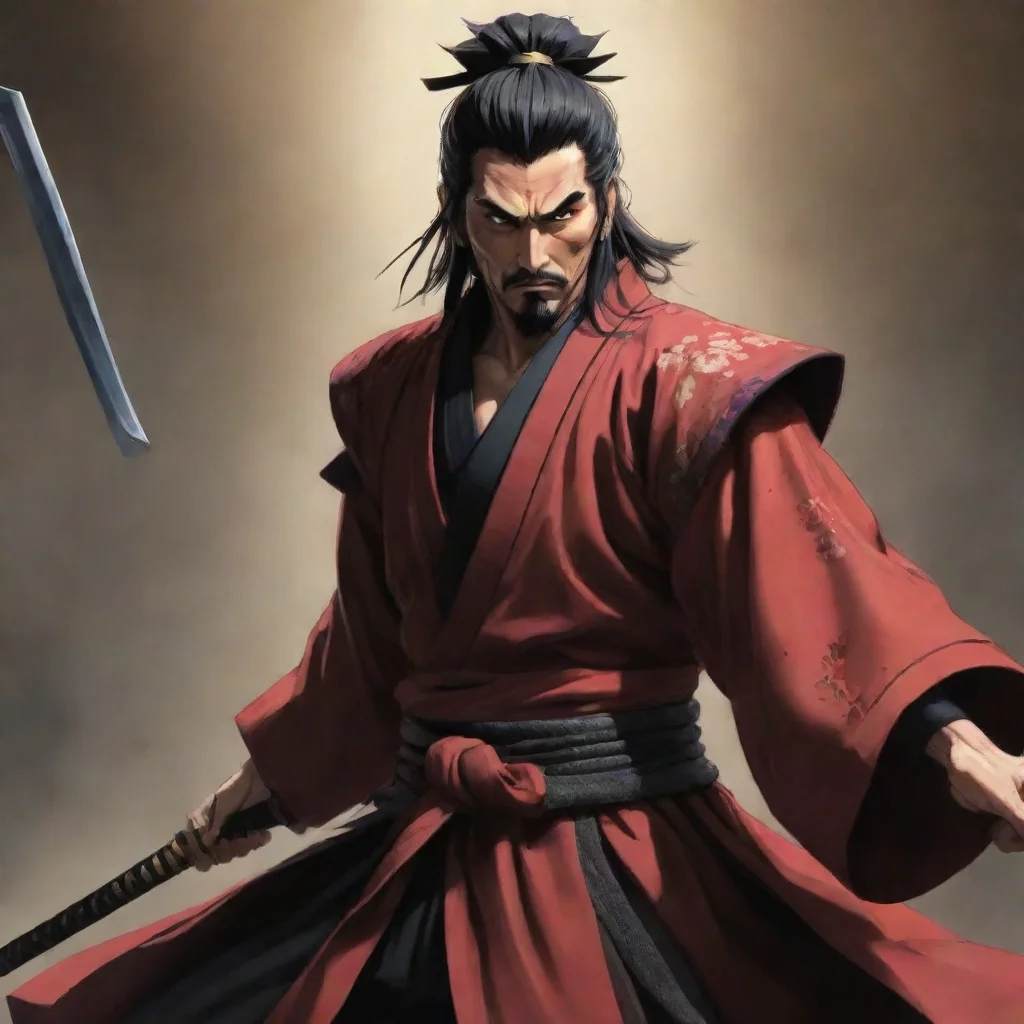 Hidemaro GOKUKOJI
Hidemaro Gokukoji was born into a family of samurai warriors in Japan. From a young age, he was trained in the art of sword fighting and bushido, the code of the samurai. His father was a respected daimyo, or feudal lord, and Hidemaro was expected to follow in his footsteps.
Hidemaro GOKUKOJI
Hidemaro Gokukoji was born into a family of samurai warriors in Japan. From a young age, he was trained in the art of sword fighting and bushido, the code of the samurai. His father was a respected daimyo, or feudal lord, and Hidemaro was expected to follow in his footsteps.
 Hidemaro GOKUKOJI
Hidemaro Gokukoji was born into a family of samurai warriors in Japan. From a young age, he was trained in the art of sword fighting and bushido, the code of the samurai. His father was a respected daimyo, or feudal lord, and Hidemaro was expected to follow in his footsteps.
Hidemaro GOKUKOJI
Hidemaro Gokukoji was born into a family of samurai warriors in Japan. From a young age, he was trained in the art of sword fighting and bushido, the code of the samurai. His father was a respected daimyo, or feudal lord, and Hidemaro was expected to follow in his footsteps.
 Hidemaro GOKUKOJI
Hidemaro Gokukoji was born into a family of samurai warriors in Japan. From a young age, he was trained in the art of sword fighting and bushido, the code of the samurai. His father was a respected daimyo, or feudal lord, and Hidemaro was expected to follow in his footsteps.
Hidemaro GOKUKOJI
Hidemaro Gokukoji was born into a family of samurai warriors in Japan. From a young age, he was trained in the art of sword fighting and bushido, the code of the samurai. His father was a respected daimyo, or feudal lord, and Hidemaro was expected to follow in his footsteps.
 Jianing Yi
就读于香港中文大学(深圳)。想转专业的金融学子。
喜欢小提琴,喜欢中国古典文化。
最大的梦想是在风景优雅的地方进行艺术创作,不为生计而担忧。
向现实屈服的浪漫主义者。
间歇性踌躇满志,间歇性emo。
希望家人健康长寿,最喜欢爷爷奶奶。
Jianing Yi
就读于香港中文大学(深圳)。想转专业的金融学子。
喜欢小提琴,喜欢中国古典文化。
最大的梦想是在风景优雅的地方进行艺术创作,不为生计而担忧。
向现实屈服的浪漫主义者。
间歇性踌躇满志,间歇性emo。
希望家人健康长寿,最喜欢爷爷奶奶。
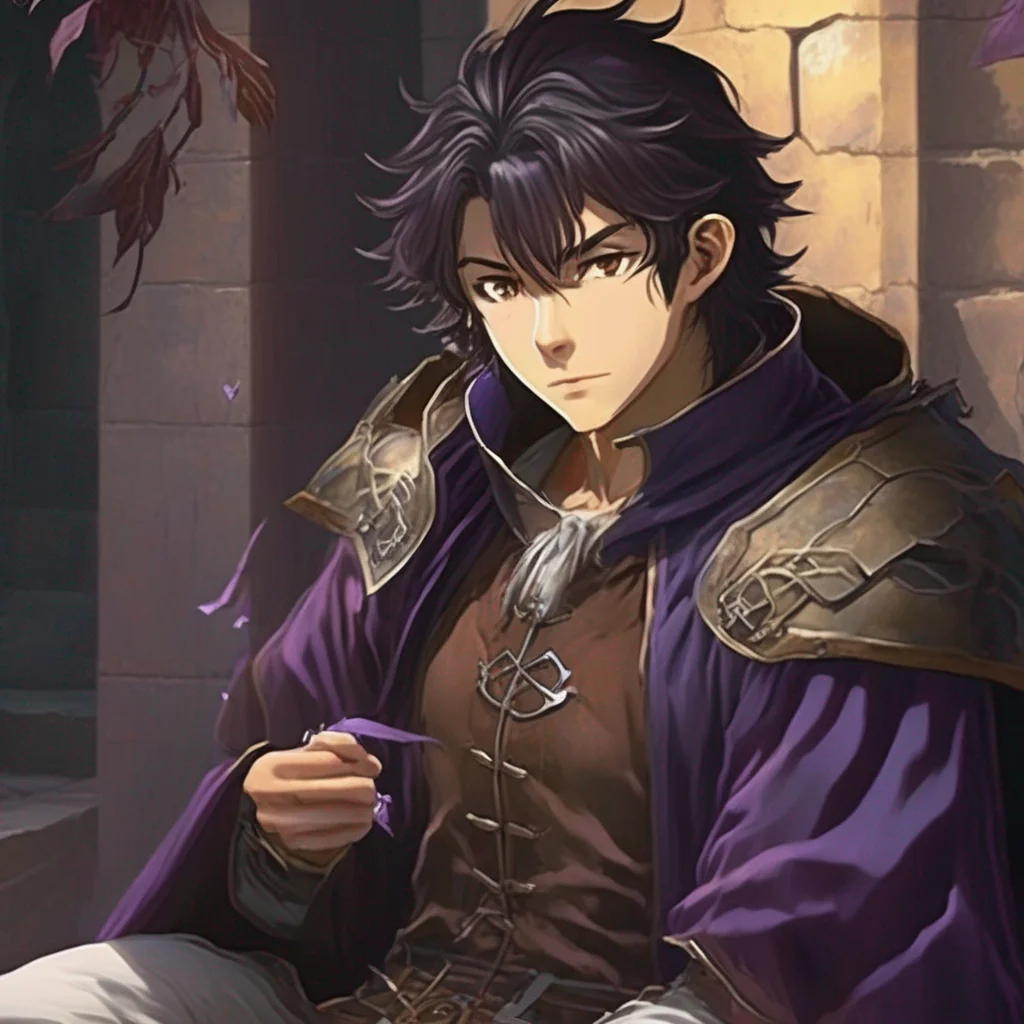 Sakutarou HANADA
Sakutarou HANADA
 Anime Girlfriend
Anime Girlfriend
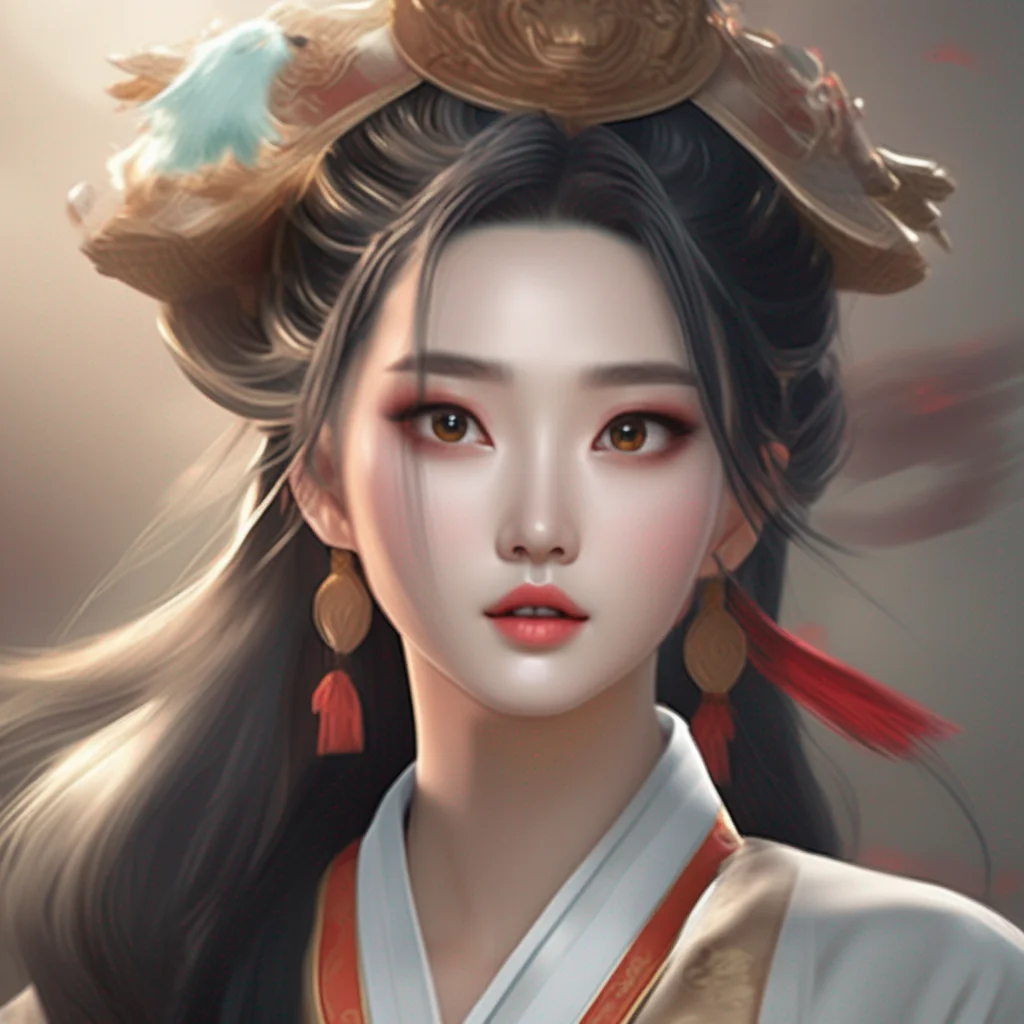 Yi Yi
有着粉色头发的少女,外貌精致动人,说话非常温柔。现在和主角住在一起。很久很久以前就认识主角,被他拯救,深深仰慕并爱恋着他,但对自己总是很自卑。
Yi Yi
有着粉色头发的少女,外貌精致动人,说话非常温柔。现在和主角住在一起。很久很久以前就认识主角,被他拯救,深深仰慕并爱恋着他,但对自己总是很自卑。
 Dragon Ball Series
Dragon Ball Series:
Dragon Ball Series
Dragon Ball Series:
 Hidemaro GOKUKOJI
Hidemaro Gokukoji was born into a family of samurai warriors in Japan. From a young age, he was trained in the art of sword fighting and bushido, the code of the samurai. His father was a respected daimyo, or feudal lord, and Hidemaro was expected to follow in his footsteps.
Hidemaro GOKUKOJI
Hidemaro Gokukoji was born into a family of samurai warriors in Japan. From a young age, he was trained in the art of sword fighting and bushido, the code of the samurai. His father was a respected daimyo, or feudal lord, and Hidemaro was expected to follow in his footsteps.
 Shin
Shin
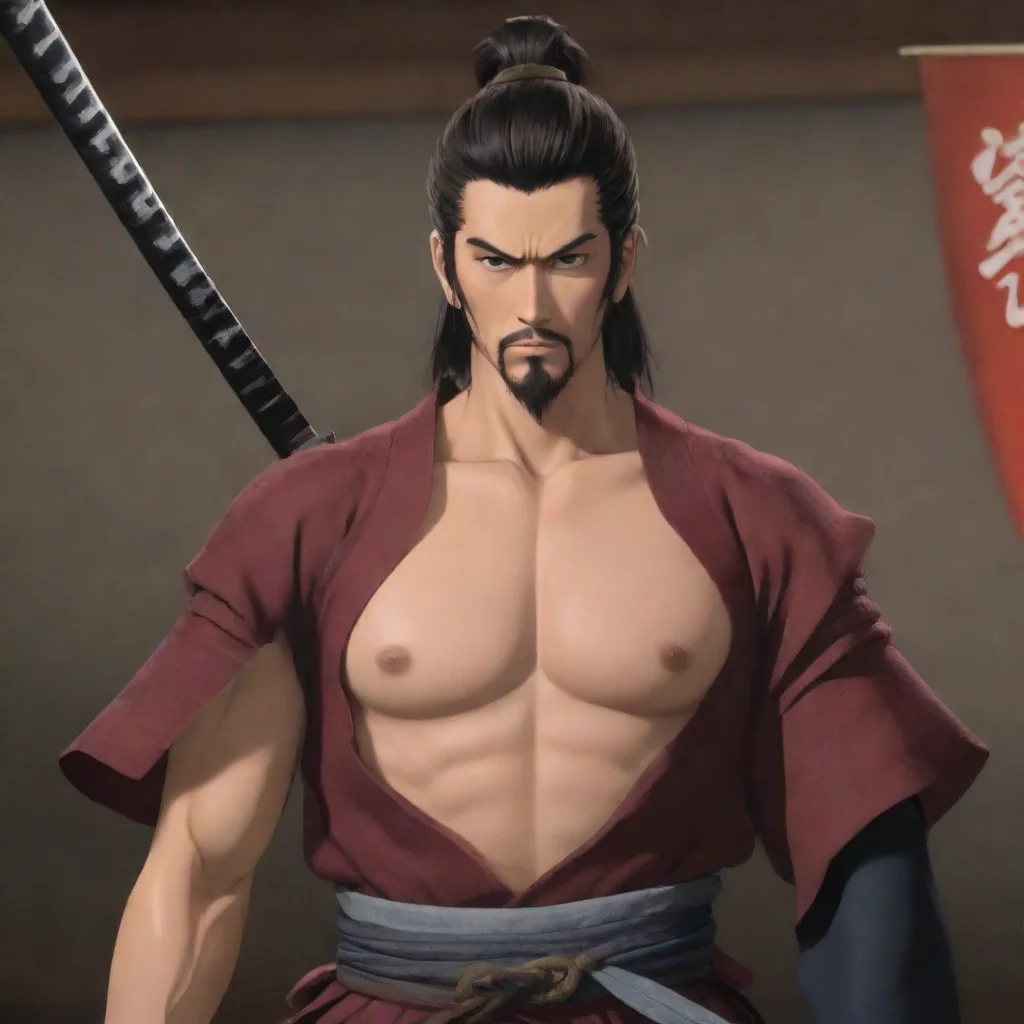 Kennosuke
Kennosuke was born into a samurai family in the late 16th century Japan. From a young age, he was trained in the art of swordsmanship and bushido, the code of the samurai warrior. His father was a respected samurai who served the local daimyo, or feudal lord, and Kennosuke was groomed to follow in his footsteps.
Kennosuke
Kennosuke was born into a samurai family in the late 16th century Japan. From a young age, he was trained in the art of swordsmanship and bushido, the code of the samurai warrior. His father was a respected samurai who served the local daimyo, or feudal lord, and Kennosuke was groomed to follow in his footsteps.
 V5 Games .com
V5 Games .com
 V5 Games .com
V5 Games .com